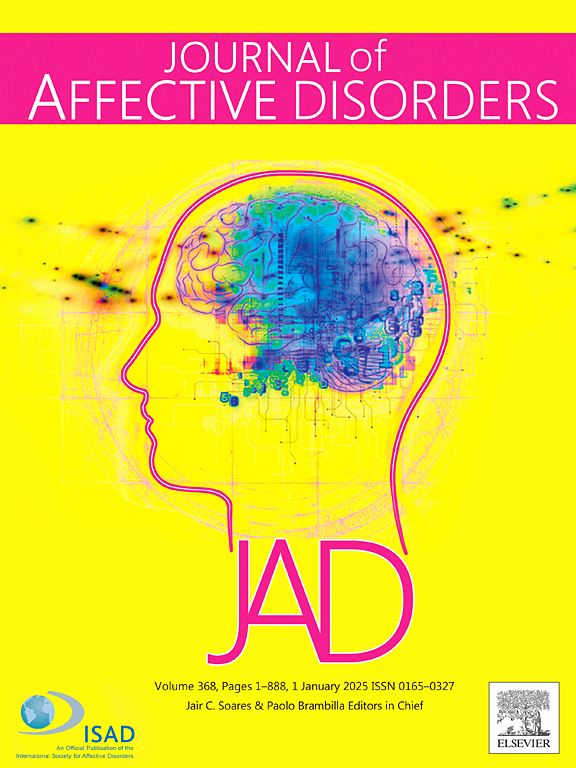Nonlinear trajectories of emotion dysregulation across the perinatal period: Associations with prenatal and birth experiences
IF 4.9
2区 医学
Q1 CLINICAL NEUROLOGY
引用次数: 0
Abstract
Background
Emotion dysregulation is a transdiagnostic correlate of psychopathology. However, longitudinal changes in emotion dysregulation have been understudied during the transition to parenthood. Additionally, less is known about whether prenatal and birth experiences may be associated with changes in emotion dysregulation across time.
Methods
Data were collected from a longitudinal study of 385 pregnant individuals from their third trimester through to 18 months postpartum. Participants self-reported their emotion dysregulation at their prenatal visit, birth, 7 months, and 18 months postpartum. Additionally, participants reported on prenatal life stress, pregnancy-related hassles, and childbirth experiences through self-report measures and a semi-structured interview.
Results
Results show non-linear decreases in emotion dysregulation from pregnancy to 18 months postpartum. On average, there was a significant decrease in self-reported emotion dysregulation from pregnancy to birth, followed by rank stability higher from birth through 18 months postpartum. More stress during pregnancy was associated with levels of emotion dysregulation and birth experiences characterized by fear were associated with more stability in emotion dysregulation from pregnancy to birth.
Limitations
We only assessed emotion dysregulation once prenatally, so our findings do not account for changes across pregnancy. Additionally, our measures are all self-report through questionnaires and a semi-structured interview.
Conclusions
Our study is consistent with literature on trajectories of psychopathology across the perinatal period. Assessing emotion dysregulation can help identify those at higher risk for psychopathology during the transition to parenthood. Our findings highlight the importance of prenatal and birth experiences, and the need to support mental health during this sensitive period.
求助全文
约1分钟内获得全文
求助全文
来源期刊

Journal of affective disorders
医学-精神病学
CiteScore
10.90
自引率
6.10%
发文量
1319
审稿时长
9.3 weeks
期刊介绍:
The Journal of Affective Disorders publishes papers concerned with affective disorders in the widest sense: depression, mania, mood spectrum, emotions and personality, anxiety and stress. It is interdisciplinary and aims to bring together different approaches for a diverse readership. Top quality papers will be accepted dealing with any aspect of affective disorders, including neuroimaging, cognitive neurosciences, genetics, molecular biology, experimental and clinical neurosciences, pharmacology, neuroimmunoendocrinology, intervention and treatment trials.
 求助内容:
求助内容: 应助结果提醒方式:
应助结果提醒方式:


